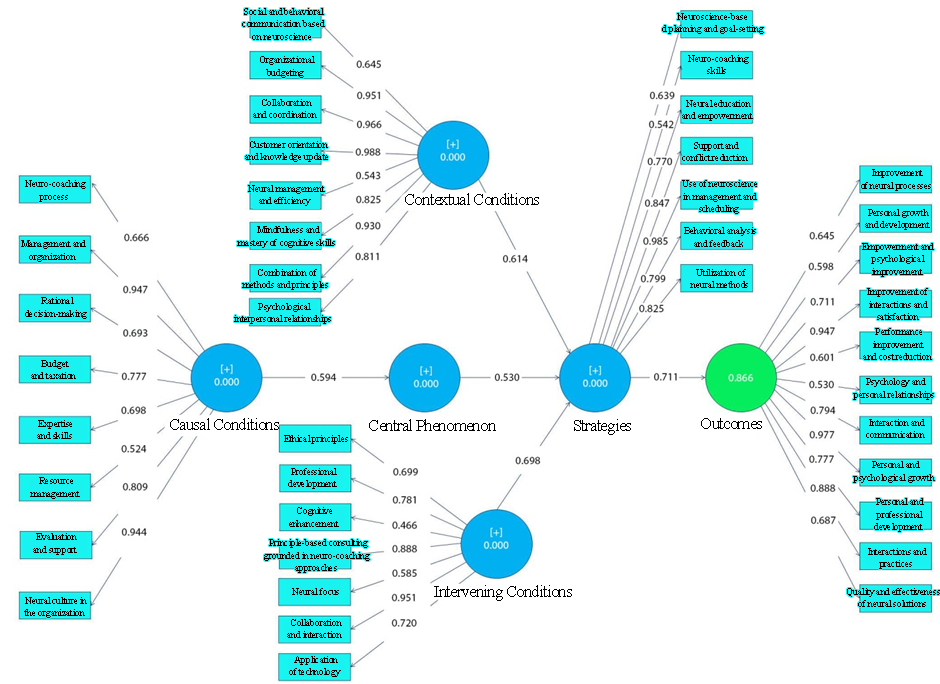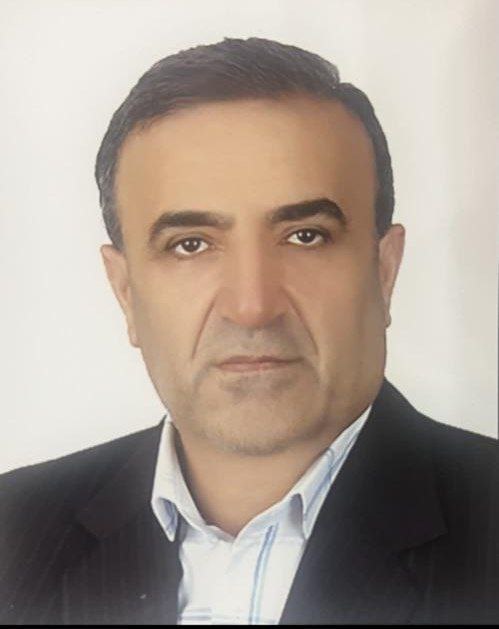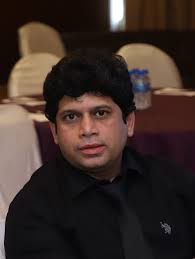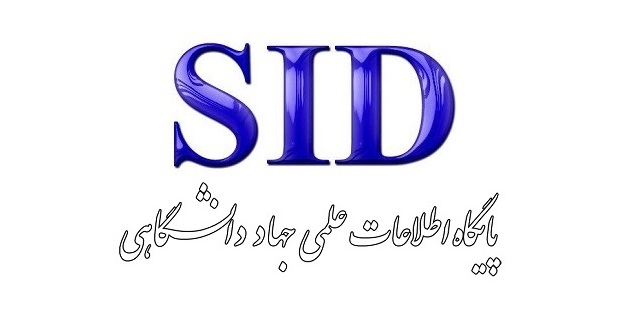Application of Neuro-Coaching Model in Esfahan Steel Company
Keywords:
neuro-coaching, neuroscience, modeling, Esfahan Steel CompanyAbstract
The present study aimed to apply the neuro-coaching model in Esfahan Steel Company. This research is applied in terms of its objective and belongs to the category of qualitative grounded theory studies of an exploratory nature, conducted in two phases. In the first phase, after reviewing the literature, 15 in-depth and semi-structured interviews were conducted using theoretical purposive sampling (including experts from Islamic Azad Universities and managers of Esfahan Steel Company). Data were gathered until theoretical saturation was reached. To analyze the data collected from the interviews, the systematic approach of Strauss and Corbin was implemented, and the analysis was carried out in three stages: open, axial, and selective coding. At the end, a summary of the formulated model was presented to four professors, and their feedback was collected for revision and adjustment. To ensure the reliability of the data, the criteria of grounded theory, including understandability, fit, controllability, and generalizability, as proposed by Strauss and Corbin (2008), were carefully examined. In the next phase, using confirmatory factor analysis, the axial, causal, contextual, intervening conditions, strategies, and outcomes were examined. Finally, consensus was reached on 209 open codes and 40 selective codes. Structural equation modeling and partial least squares (PLS) with Smart PLS software were used for modeling. The research findings indicated that the neuro-coaching model in Esfahan Steel Company is based on 8 causal conditions, 8 contextual conditions, 6 intervening factors, and 7 strategies. Ultimately, 11 major outcomes were identified for Esfahan Steel Company, which include: improvement of neural processes, personal growth and development, empowerment and psychological improvement, enhancement of interactions and satisfaction, performance improvement and cost reduction, psychology and personal relationships, interactions and communications, personal and psychological growth, personal and professional development, interactions and practices, and the quality and effectiveness of neural solutions.




























